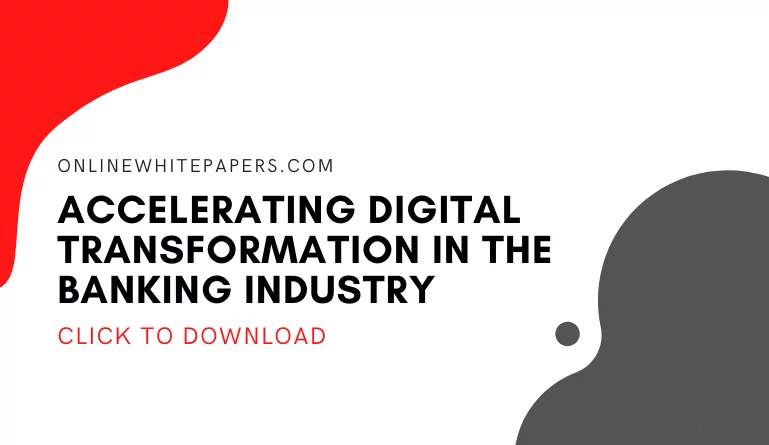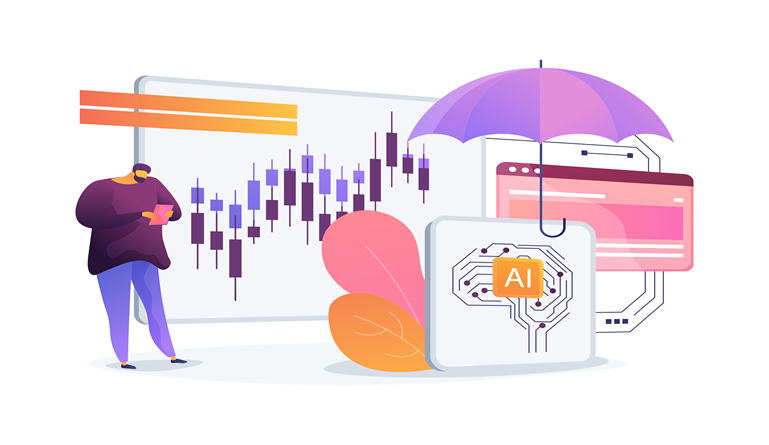No matter the size, it is well-known that there are commonly two types of businesses in the financial world. The ones that provide products and services to the common consumer fall under the retail category, while the ones that provide products and services to other large businesses are considered corporations.
On this platform, B2C (business-to-consumer) and B2B (business-to-business) are similar terms in which these two types of businesses have been labeled in past articles. Not only do these businesses perform their services in different ways, but they also handle their finances differently as well.
It also might not be well-knowing that a single bank can have different branches of operations that provide retail, corporate, investment, and commercial banking services. But this article will focus on retail banking vs corporate banking functions and what they have to offer to their clients.
Difference between Retail Banking vs Corporate Banking
Retail Banking
- Businesses that fall under this category mainly caters to and specializes in serving the consumer class
- Retail financial institutions have a wide and diverse pool of consumer background profiles
- At retail financial institutions, taking care of the cost of products and services are minimal
- The overall value of monetary exchanges are minimal to moderate
- The perimeter of percentages among lenders and investors is the leading cause of acquiring earnings
- Modest connections among consumers and financial institution
- Problem-solving initiatives might be enacted at a slower pace due to the sheer size of their consumer base
Corporate Banking
- Products and services are catered to and specialized in serving other businesses
- Corporate financial institutions have a small base of businesses that they serve
- Within corporate financial institutions, processing the cost of products and services are at a greater level than at retail financial institutions
- The value of monetary exchanges are greater at corporate financial institutions than at retail financial institutions
- Percentages and costs deducted based on the resources given is the leading cause of acquiring earnings
- The strong connection among clients and financial institution
- Problem-solving initiatives can be enacted at a faster rate due to the small size of their business base
What is Retail Banking?
A type of financial institution that takes care of the common consumer. By putting all efforts into serving everyday people and their essential banking demands, retail banks make a majority of their earnings by offering services like monetary storage, avenues for borrowing money, and cards.
Features of Retail Banking
- Having a large consumer clientele is just par for the course when a financial institution’s main goal is to provide the population with common monetary demands and functions that run the economy
- The financial history of consumers is often analyzed to determine the number of perks that they can take advantage of like the ability to take out high-value loans, reduced spending caps on credit cards, and cashback deals
- Retail financial institutions are not only for storing and taking out money, they can be utilized for everything from housing, traveling, retirement, and other community incentives
- Services are versatile due to having a large consumer clientele with a variety of needs and wants from their financial institutions. Everything from account maintenance, bank cards, loans, deposits, and withdrawal services are provided
- The main reason people go to the bank is to save and extract money. Retail financial institutions offer an extensive amount of monetary value and giving consumers access to that money is an important factor in retailing banks’ success
What is Corporate Banking?
Corporate financial institutions are essential to large businesses and conglomerates in receiving funding. Corporate banks play a big factor in the operations of the upper echelon of higher sectors of the economy.
Features of Corporate Banking
- Having a small clientele made up of the business class allows for corporate financial institutions to attend to every business-specific and often more complex demands for premium-level services
- Servicing entire industries can be an advantage to corporate financial institutions in that they can become the go-to bank for providing specialized services that function as a foundation to successful business operations and be held accountable by board members
- Being responsible for the smooth financial operations of businesses and conglomerates makes plenty of room for retribution for when mistakes, no matter big or small, are made. Ex: Citi Bank’s mishandling of over $500 million through accidentally giving it to Revlon
- Assists in overseeing credit scores of businesses and conglomerate in order to decide whether or not a company can measure up to the financial expectations that they are bound to be abided by from various responsibilities i.e. paying back investors
- The people that are employed by corporate financial institutions are often paid handsomely due to having to learn in ins and the outs of the financial industry and the work that they do have more stakes hence the example used in bullet point number 3
Final Thoughts
To remember the differences between retail vs corporate banks, just think of the former as a B2C (a business to consumer) financial institution and the latter as a B2B (a business to business) financial institution. Although there are different types of banking like a commercial, investment, and private, retail and corporate banks seem to have the most impact on the economic environment due to who they serve, what they do, and how they function.
Essentially, retail and corporate financial institutions are linked together because of who they cater to. Businesses rely upon consumers to successfully buy the products and services while consumers rely upon business to satisfy a need and/or be a solution to a problem that cannot easily be fixed by an individual. Both businesses and consumers need each other to survive which means that, technically, retail banks and corporate banks indirectly need each other to properly function as well.
Retail and corporate banks’ significance and relevance in the economic landscape should not be lost on the basis that they provide services for. Big shot CEOs can never forget that without the services of retail banks that the consumer class would not have as much access to money, thus they would not be able to spend as much on big businesses’ products and goods.
Consumers should also be aware of the impacts that corporate financial institutions have on the companies that they buy from. From learning how businesses are financed through loans and investments to how major mistakes can have long-lasting economic impacts; consumers can gain knowledge in how large companies operate behind the scenes. By getting to know how both retail and corporate financial institutions work, everyone can gain a better understanding of how the economy as a whole sustains and operates.






